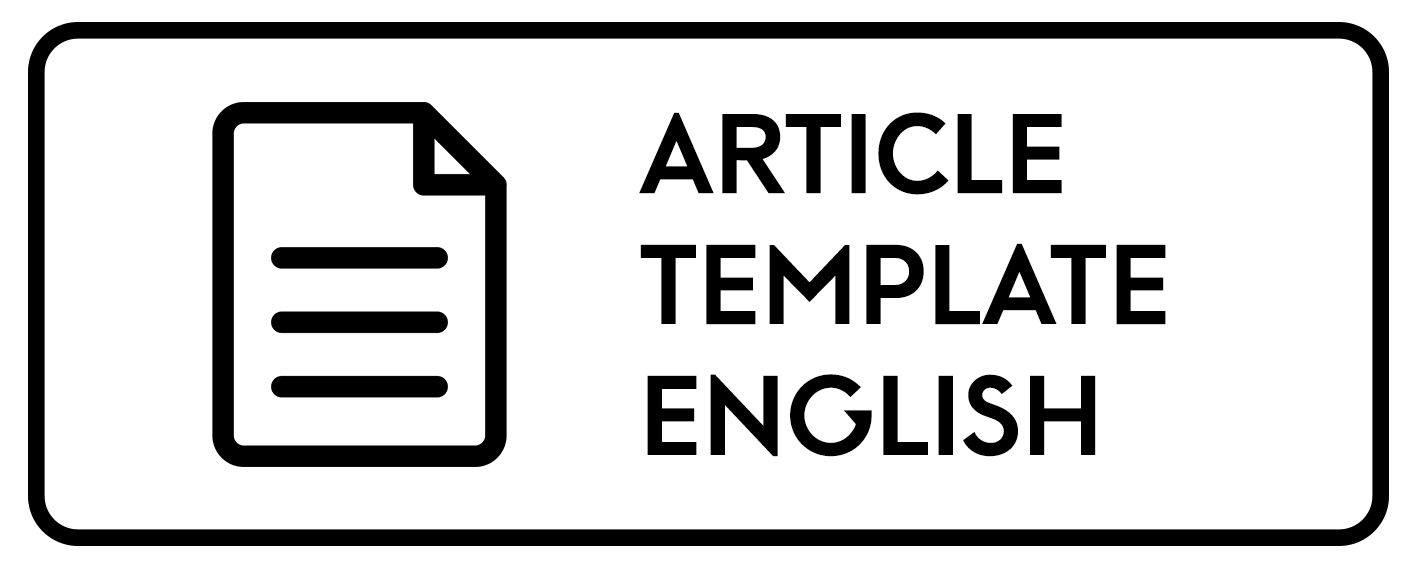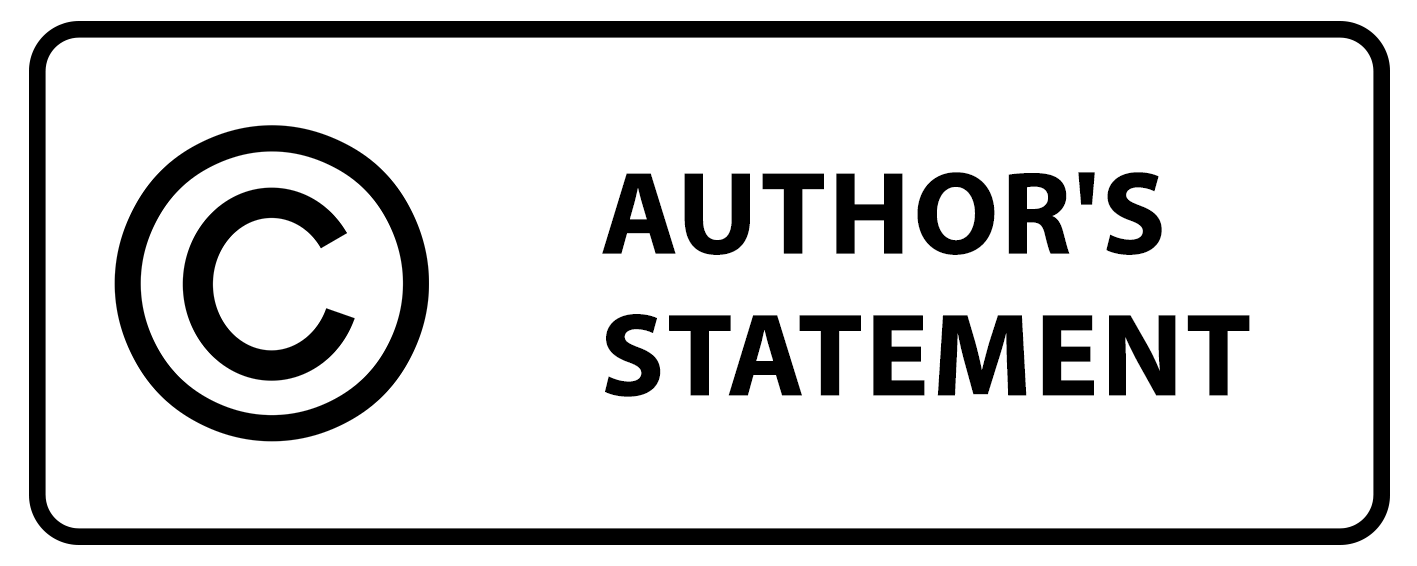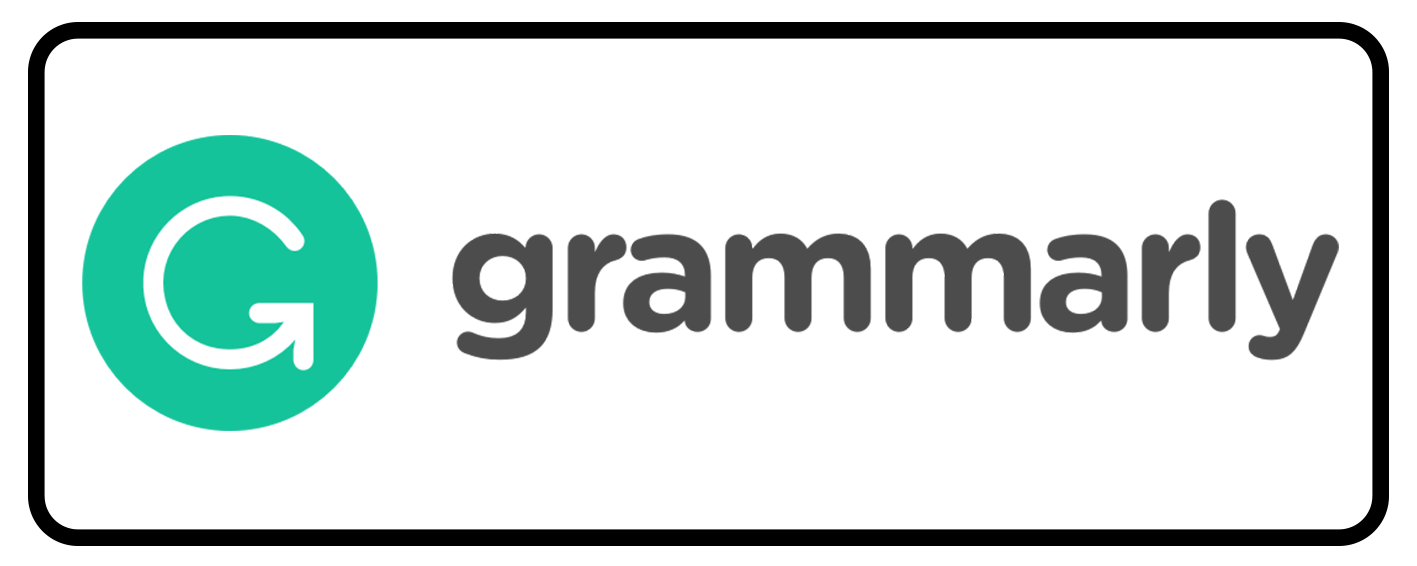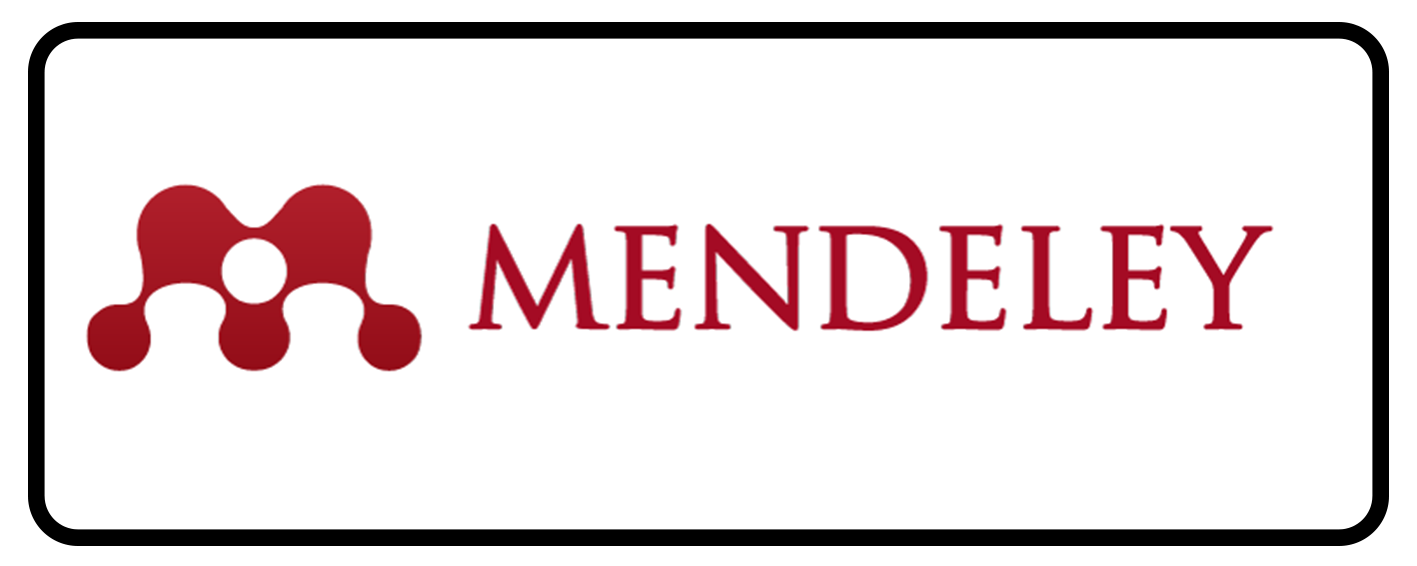PENGARUH MODEL PEMBELAJARAN QUANTUM TEACHING LEARNING DALAM PELAJARAN BAHASA INGGRIS TERHADAP HASIL BELAJAR DAN RETENSI SISWA KELAS IV SD MUHAMMADIYAH 1 SAMARINDA TAHUN AJARAN 2018/2019
DOI:
https://doi.org/10.30872/jimpian.v1i2.853Keywords:
Quantum Teaching Learning Model, Retensi Belajar, Self-esteemAbstract
Penelitian ini bertujuan untuk mengetahui (1) perbedaan retensi belajar siswa pada kelas yang menggunakan dan tidak menggunakan QTLM, (2) pengaruh QTLM terhadap retensi belajar siswa, dan (3) pengaruh self-esteem terhadap retensi belajar siswa, (4) pengaruh QTLM dan self-esteem secara simultan terhadap retensi belajar siswa. Penelitian ini dilaksanakan di SD Muhammadiyah 1 Samarinda. Penelitian ini adalah penelitian eksperimen semu dengan desain non-equivalent control group. Data diperoleh dari hasil hasil pre-test, post-test dan re-test soal kognitif dan kuisioner Rosenberg Self-Esteem Scale (RSES). Populasi dari penelitian ini adalah semua siswa kelas IV SD Muhammadiyah 1 Samarinda yang berjumlah 204 siswa. Sampel penelitian ini adalah dua kelas homogen yang masing-masing berjumlah 37 siswa. Pengambilan sampel dilakukan dengan mempertimbangkan jumlah siswa per kelas, waktu pembelajaran, dan diperkuat dengan uji homogenitas. Data dianalisis dengan menggunakan analisis ANOVA untuk rumusan masalah 1,3,4, dan 5, dan analisis t-test untuk rumusan masalah kedua. Hasil penelitian menunjukkan bahwa QTLM memberi pengaruh yang signifikan terhadap hasil belajar siswa pada mata pelajaran bahasa Inggris. Selain itu, terdapat perbedaan yang signifikan dari kelas yang menggunakan QTLM dan kelas yang menggunakan model tradisional. Dalam penelitian ini, self-esteem tidak memberikan pengaruh yang siginifikan terhadap retensi belajar siswa. Akan tetapi, QTLM dan self-esteem secara simultan memberi pengaruh yang signifikan terhadap retensi belajar siswa pada mata pelajaran Bahasa Inggris.
Downloads
Downloads
Published
How to Cite
Issue
Section
License
|
|
Every work in Jurnal Ilmu Manajemen dan Pendidikan is licensed under a Creative Commons Attribution-ShareAlike 4.0 International License.
Under the following terms:
- Attribution — You must give appropriate credit , provide a link to the license, and indicate if changes were made . You may do so in any reasonable manner, but not in any way that suggests the licensor endorses you or your use.
- ShareAlike — If you remix, transform, or build upon the material, you must distribute your contributions under the same license as the original.
- No additional restrictions — You may not apply legal terms or technological measures that legally restrict others from doing anything the license permits.
Authors who publish with this journal agree to the following terms:
- Authors retain copyright and grant the journal right of first publication with the work simultaneously licensed under a CC BY-SA 4.0 DEED Attribution-ShareAlike 4.0 International that allows others to share the work with an acknowledgment of the work's authorship and initial publication in this journal.
- Authors are able to enter into separate, additional contractual arrangements for the non-exclusive distribution of the journal's published version of the work (e.g., post it to an institutional repository or publish it in a book), with an acknowledgment of its initial publication in this journal.
- Authors are permitted and encouraged to post their work online (e.g., in institutional repositories or on their website) prior to and during the submission process, as it can lead to productive exchanges, as well as earlier and greater citation of published work.













